From thick udon in Japan to macaroni and cheese in the US to baby fine capellini in Italy, beloved pasta and noodle dishes can be found all over the world. But is pasta actually vegan? And are noodles and pasta the same thing? Here’s everything you need to know.
Pasta versus noodles
The terms “pasta” and “noodles” are often used interchangeably, but they mean different things. Pasta is generally defined as a product made with a dough of durum wheat and water and is derived from the word paste, referring to the unleavened dough that is formed into dozens of shapes.
Noodles of Asian origin can be made with different kinds of flour, such as whole wheat or buckwheat, as well as gluten-free varieties made with rice, sweet potato starch, and shirataki made from the konjac plant.
The history of pasta and noodles
While they are celebrated the world over, the first recorded noodles—estimated to be 4,000 years old—were found in northwestern China. Because they are so close in taste and texture, many believe that it was from these noodles that the Italian classic, pasta, was created. But a number of historians maintain this isn’t actually true.
Ashley McLaughlin
“Noodles are one thing, pasta is another food altogether,” the food historian Anna Maria Pellegrino told Today. “They reflect two separate culinary cultures and identities that have developed in parallel, the only conjunction being the need for nourishment and, above all, to share around the same table feelings and everyday life events.”
“The way they are cooked, the pots, the types of cereals used, the preparation, ingredients, and toppings are completely different and specific to each civilization,” she added. Another food historian, Giorgio Franchetti, agreed, calling the idea that noodles and pasta were related “pure nonsense.”
Franchetti noted that, long before Venetian explorer Marco Polo traveled to Asia and brought noodles back home with him (one of the long-held myths around pasta’s introduction to Italy), research suggests ancient Greeks and Romans cooked with flat pasta sheets called laganons.
Is pasta vegan? And what about noodles?
But enough about history, and on to the important part: can vegans eat pasta and noodles? The answer is: sometimes.
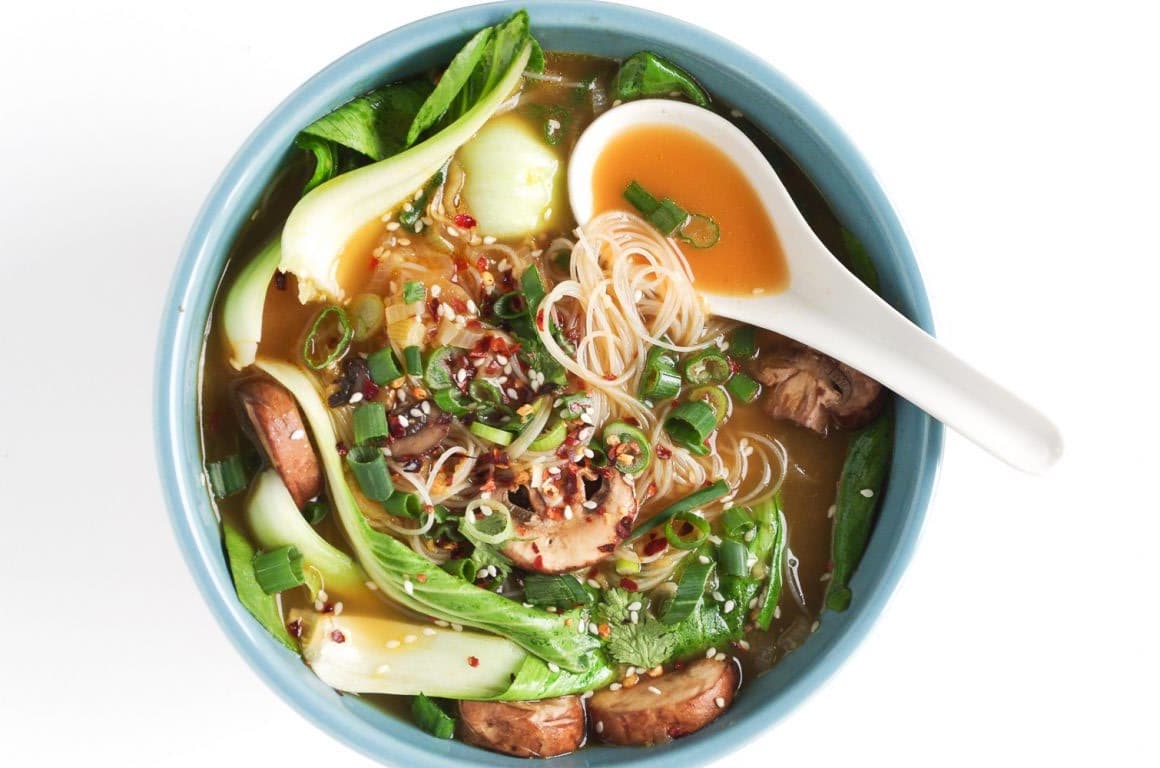 Jessica Randhawa
Jessica Randhawa
European-style pasta and Asian noodles can be made with eggs in the dough, which is usually the only animal product used. When shopping at the grocery store for Italian pasta, note that most brands of fresh, refrigerated pasta have eggs in them unless otherwise noted. While boxed, dried pasta is less likely to have egg in it than fresh, it is still a good idea to check the ingredients label.
Also note that when dining at Italian restaurants with fresh pasta, it is likely the dough contains eggs. So, unless you know otherwise, ask your server. With Asian noodles, be aware that wonton, chow mein, and lo mein noodles often contain eggs.
Types of pasta
When it comes to pasta, there are so many different types to explore. In fact, it comes in at least 350 different shapes! It can be short, it can be long, it can be stretched, it can be filled, and it can even be mixed with potatoes and flour to make gnocchi! Here’s a little bit more about some of the most delicious varieties you can find on store shelves today.
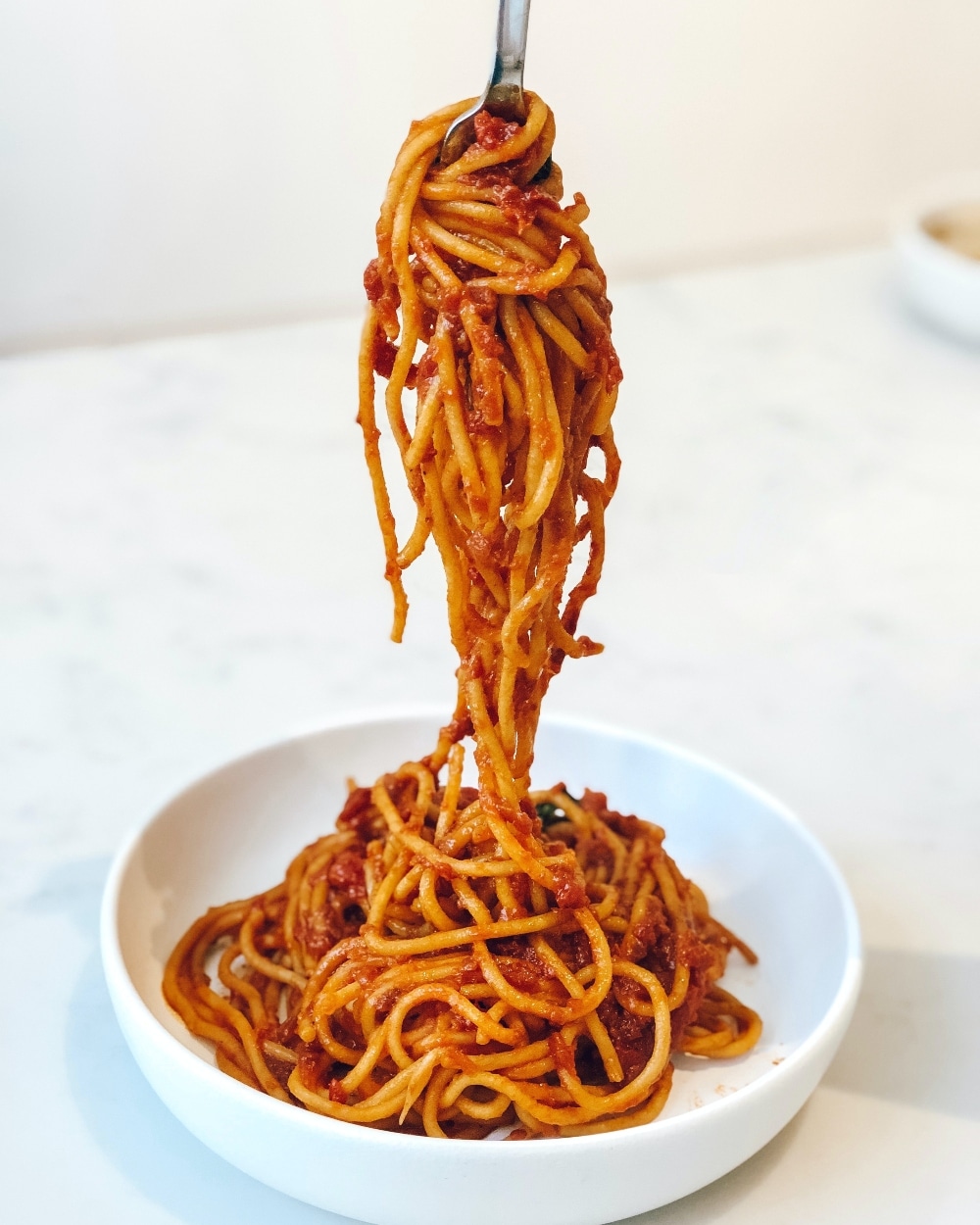 Unsplash
Unsplash
1 Spaghetti
Spaghetti, which comes from the Italian word spaghetto (which means “thin string”), hails from Sicily. It consists of long, thin strands of durum wheat pasta. But it can also be made gluten-free with rice or bean-based noodles.
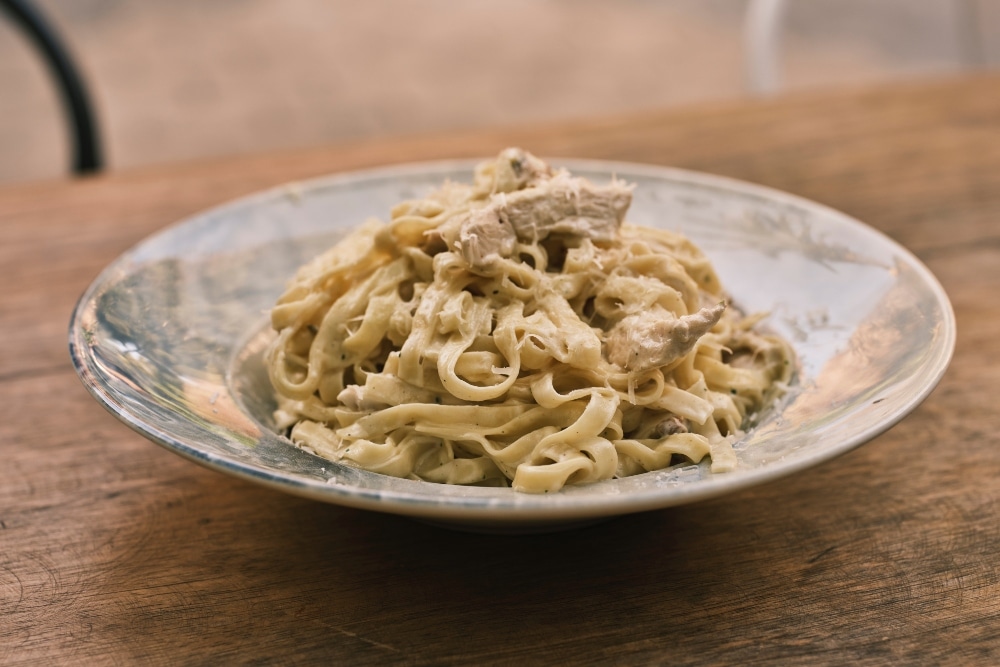 Unsplash
Unsplash
2 Fettucini
Popular in Rome and Tuscany, fettucini is long like spaghetti, but the noodles are flatter and thicker and look more like ribbons. They’re usually paired with cream, butter, and Parmesan cheese to form the dish “fettuccine alfredo.”
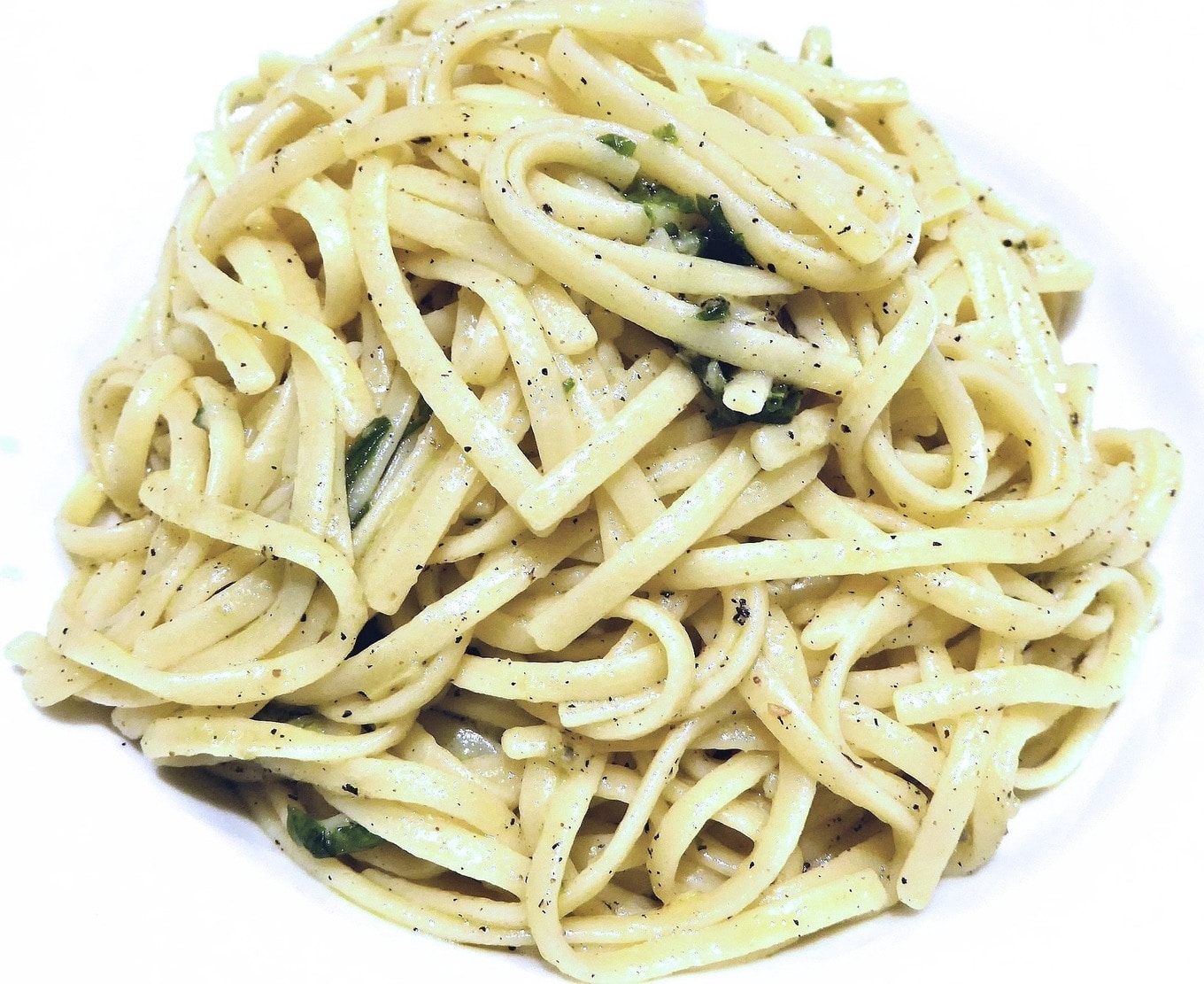 Pixabay
Pixabay
3 Linguini
Linguini is similar to spaghetti, but it comes from the Liguria region in Italy. It’s a little wider than spaghetti but also thinner than fettuccine, and it’s perfect for twirling around your plant-based meatballs.
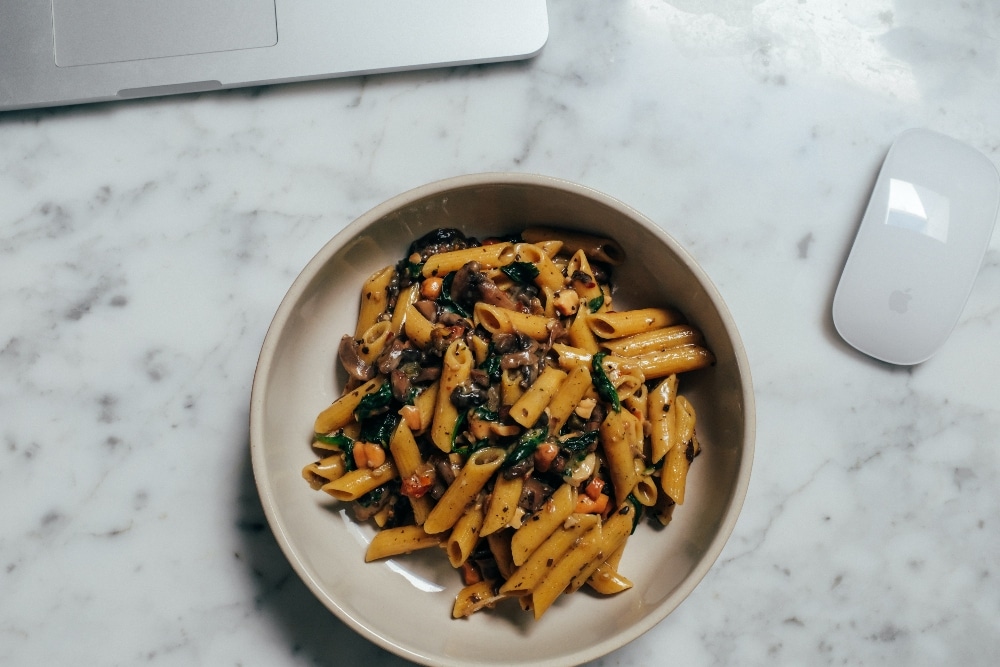 Unsplash
Unsplash
4 Tubular pasta
As the name suggests, tubular pastas are shaped like little tubes. Rigatoni, cannelloni, penne, and ziti are examples of pasta that are hollow through the middle. These hold up well to heavy sauces and lighter dairy-free cream sauces, too.
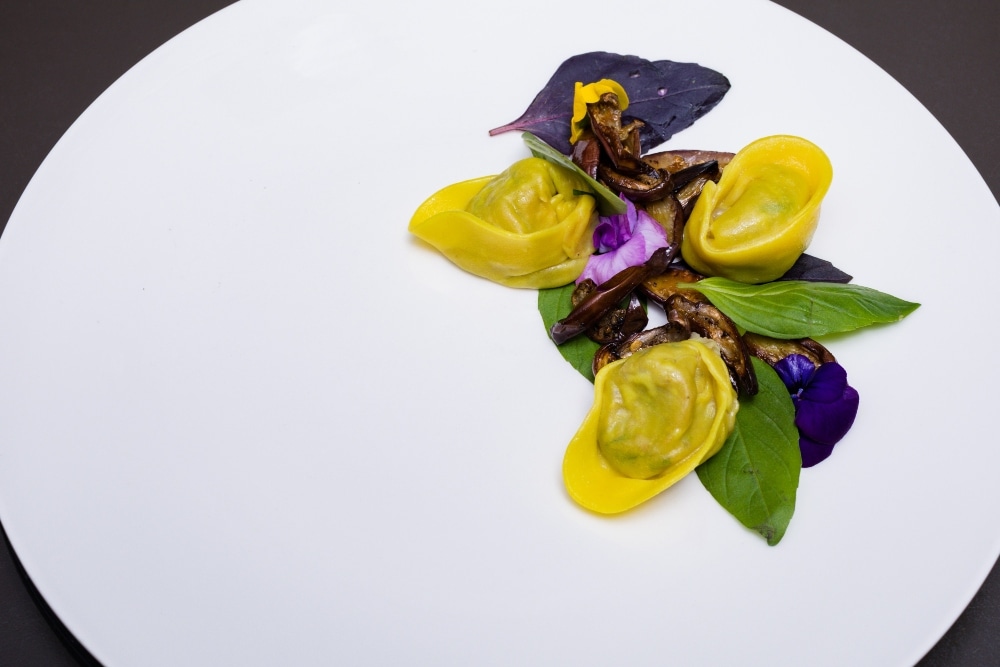 Pexels
Pexels
5 Tortellini
Circular stuffed pasta, tortellini, which comes from Italy’s Emilia region, usually contains ricotta cheese, but it can also contain prosciutto or pork meat. For that reason, it’s not usually vegan, but there are plant-based versions available. Or you can make your own, following this vegan cheese tortellini recipe!
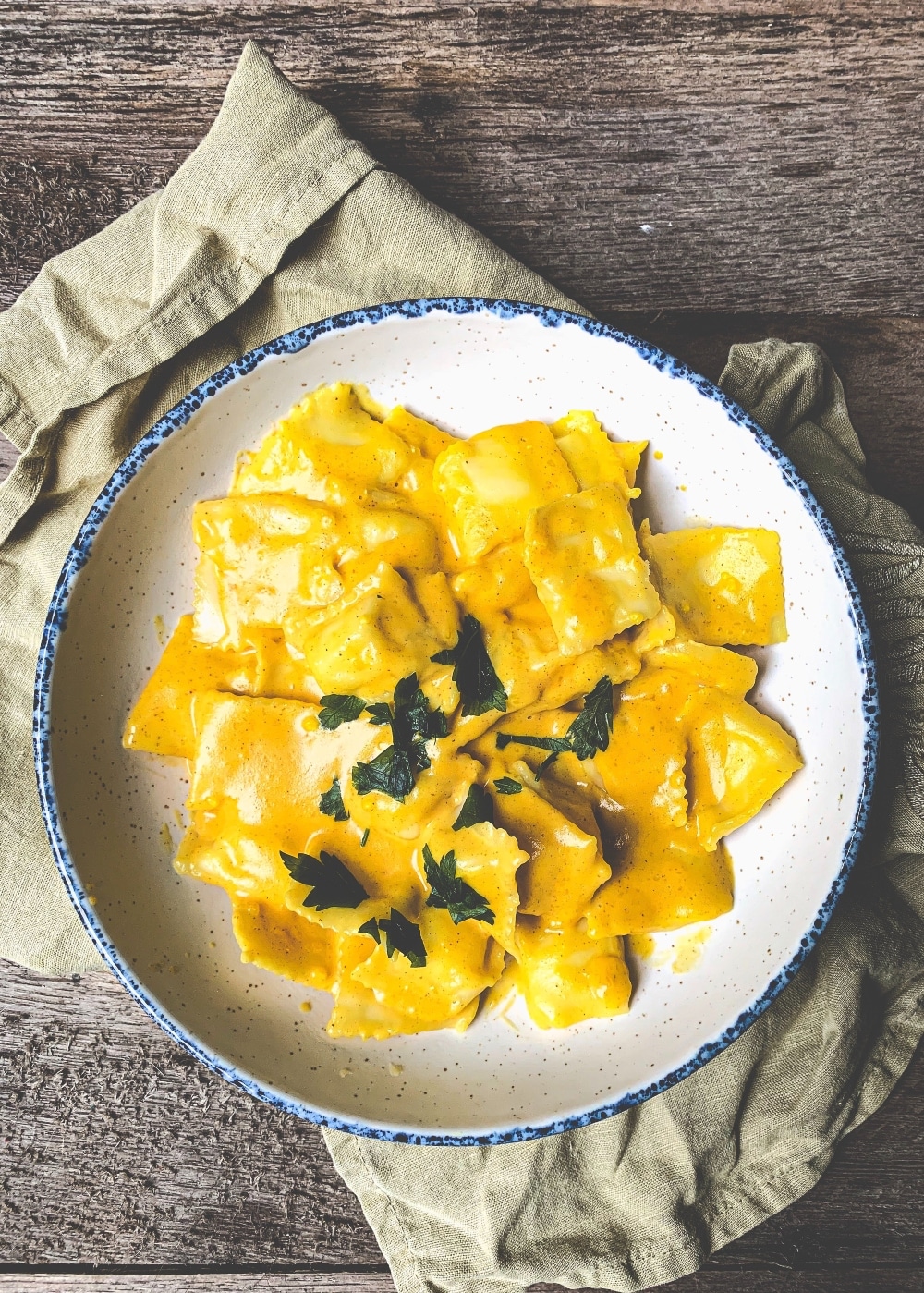 Unsplash
Unsplash
6 Ravioli
Similar to tortellini, ravioli also comes from the north of Italy. But it’s not exactly the same thing. Ravioli has more of a dumpling-like appearance and texture, and it’s usually more square-shaped too.
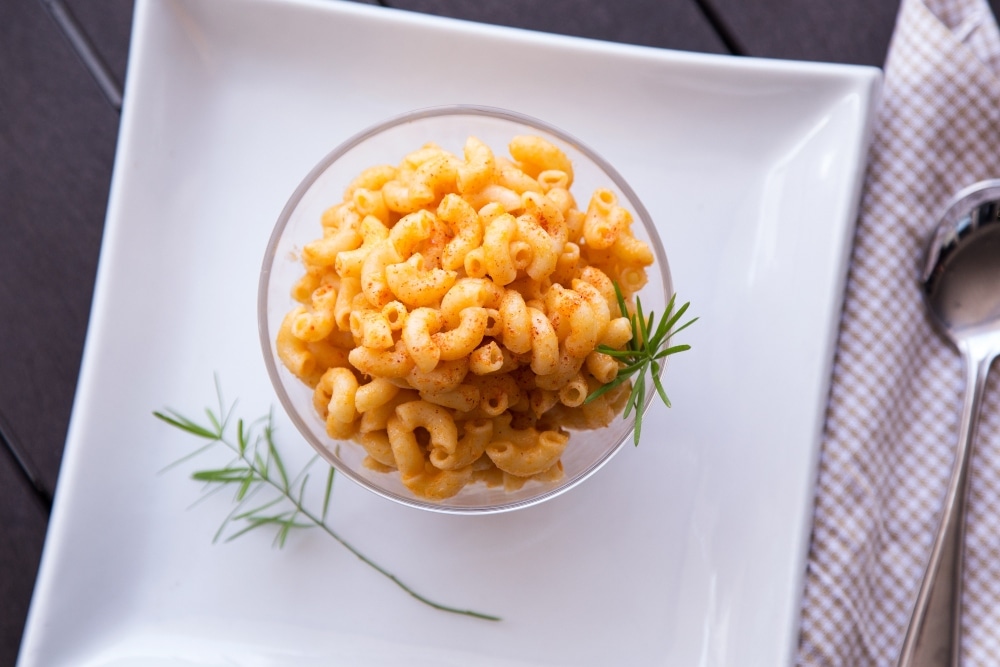 Unsplash
Unsplash
7 Macaroni
While it’s usually served with a cheesy sauce to form the American favorite “mac & cheese,” macaroni actually likely comes from the Campania region of Italy. It consists of small tubes of dry shaped pasta, which are either straight or slightly curved.
Foods that taste like pasta, but aren’t actually pasta
As we’ve established already, food historians are very clear that noodles and pasta developed separately from each other, so they’re not the same thing. But noodles are still just as delicious and versatile in their own right. Plus, we’ve also included dumplings on this list, because they have a similar taste and texture to the Italian classic, ravioli.
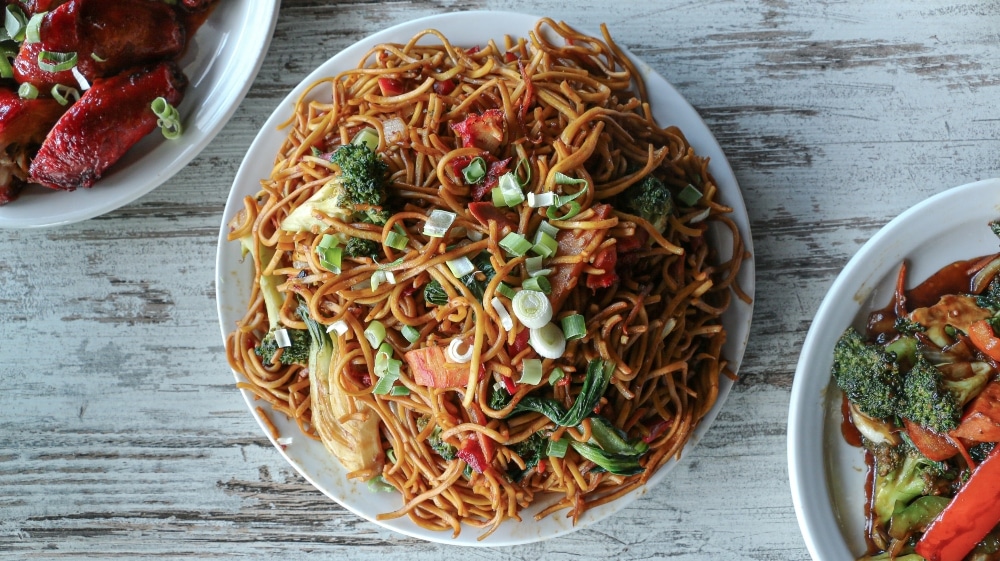 Unsplash
Unsplash
1 Wheat noodles
Chinese-style wheat noodles are traditionally made with kansui, a type of alkaline mineral water. Add them to ramen, of course, but they’re delicious anywhere you want to use them.
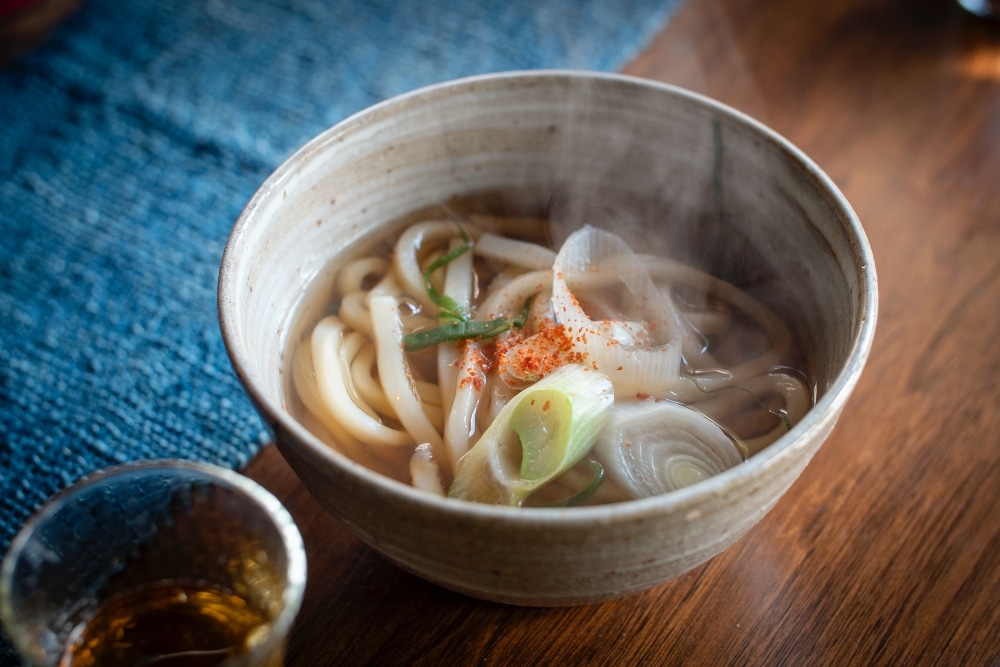 Unsplash
Unsplash
2
Udon
These thick, soft wheat noodles originated in Japan. These can often be in ramen and other Asian dishes.
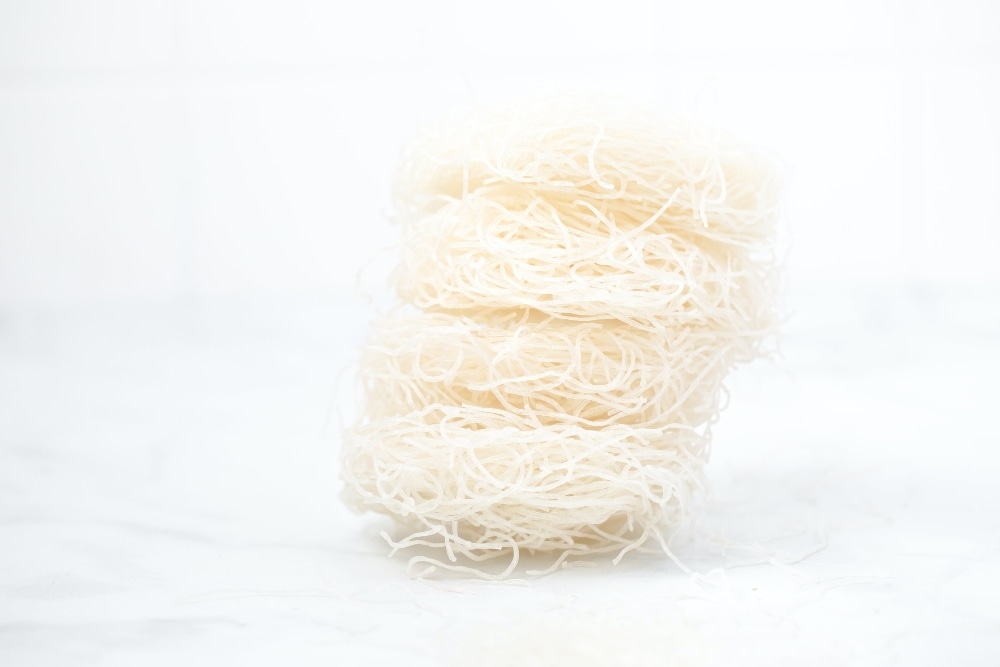 Unsplash
Unsplash
3
Rice noodles
Varying from very thin to very thick, these naturally gluten-free noodles are common in Asian cuisines.
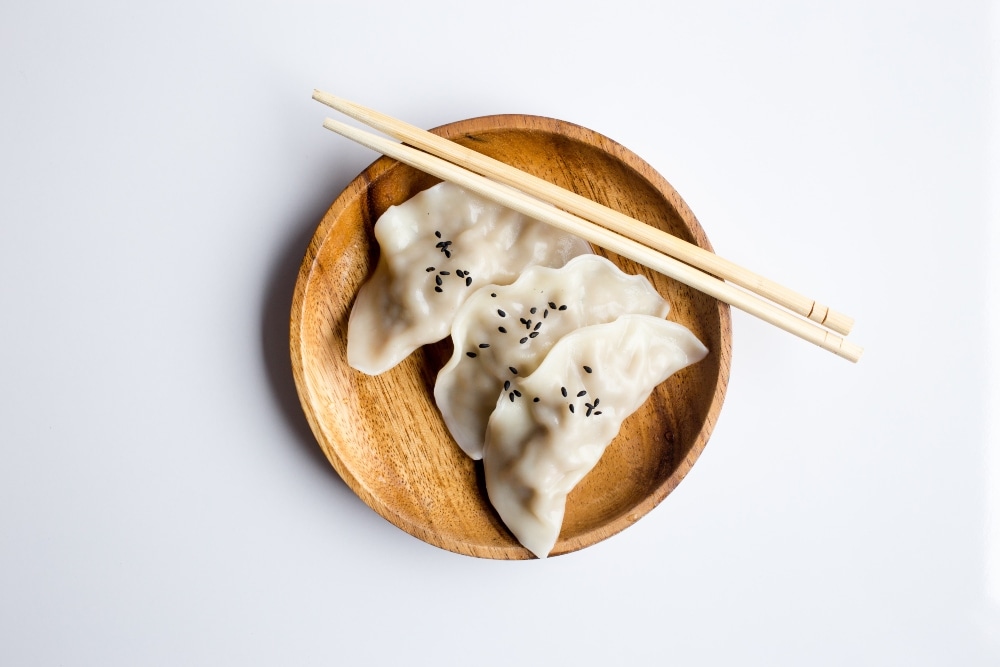 Unsplash
Unsplash
4 Dumplings
Cuisines around the world have their own dumplings, which are dough and often wrapped around fillings, like potatoes, vegetables, and tofu. This can be Italian ravioli, Polish pierogies, and, of course, Asian dumplings of all kinds.
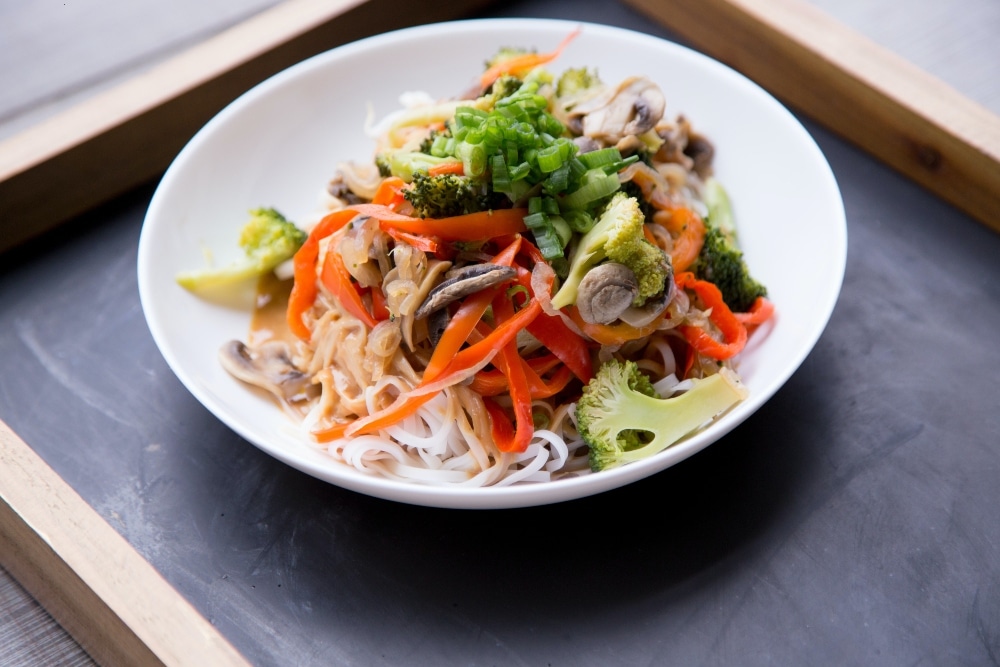 Unsplash
Unsplash
5 Shirataki
Made with konjac yam starch, these noodles are thick and opaque, and often served like rice noodles.
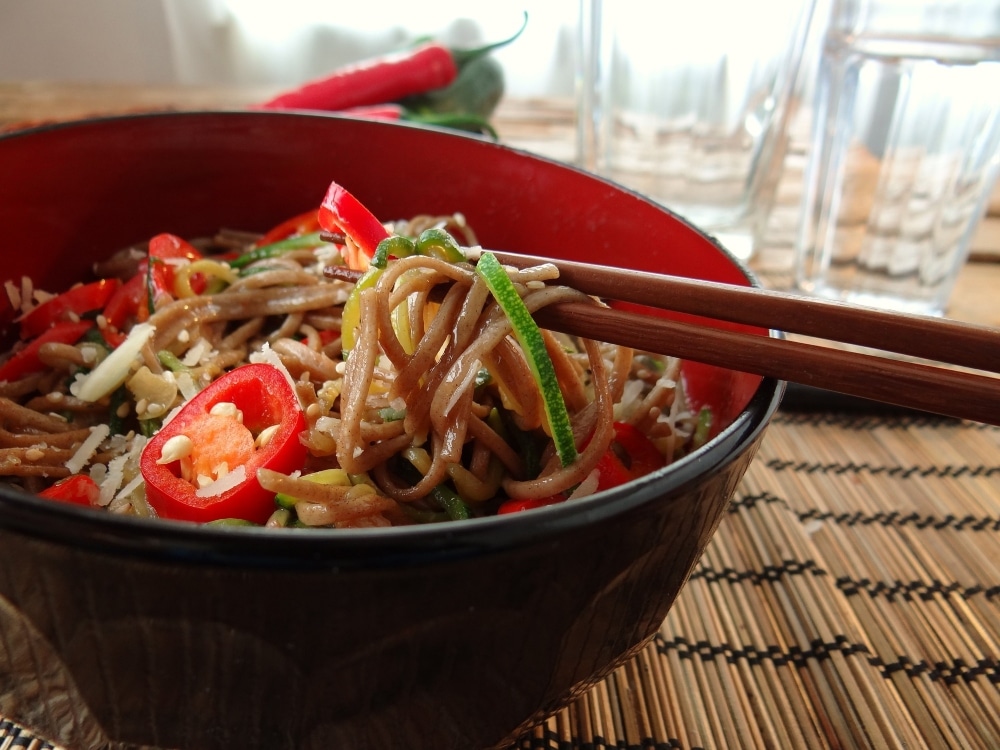 Pixabay
Pixabay
6
Soba
A nutty, darker-hued noodle, soba is made with buckwheat (a seed) and is naturally gluten-free.
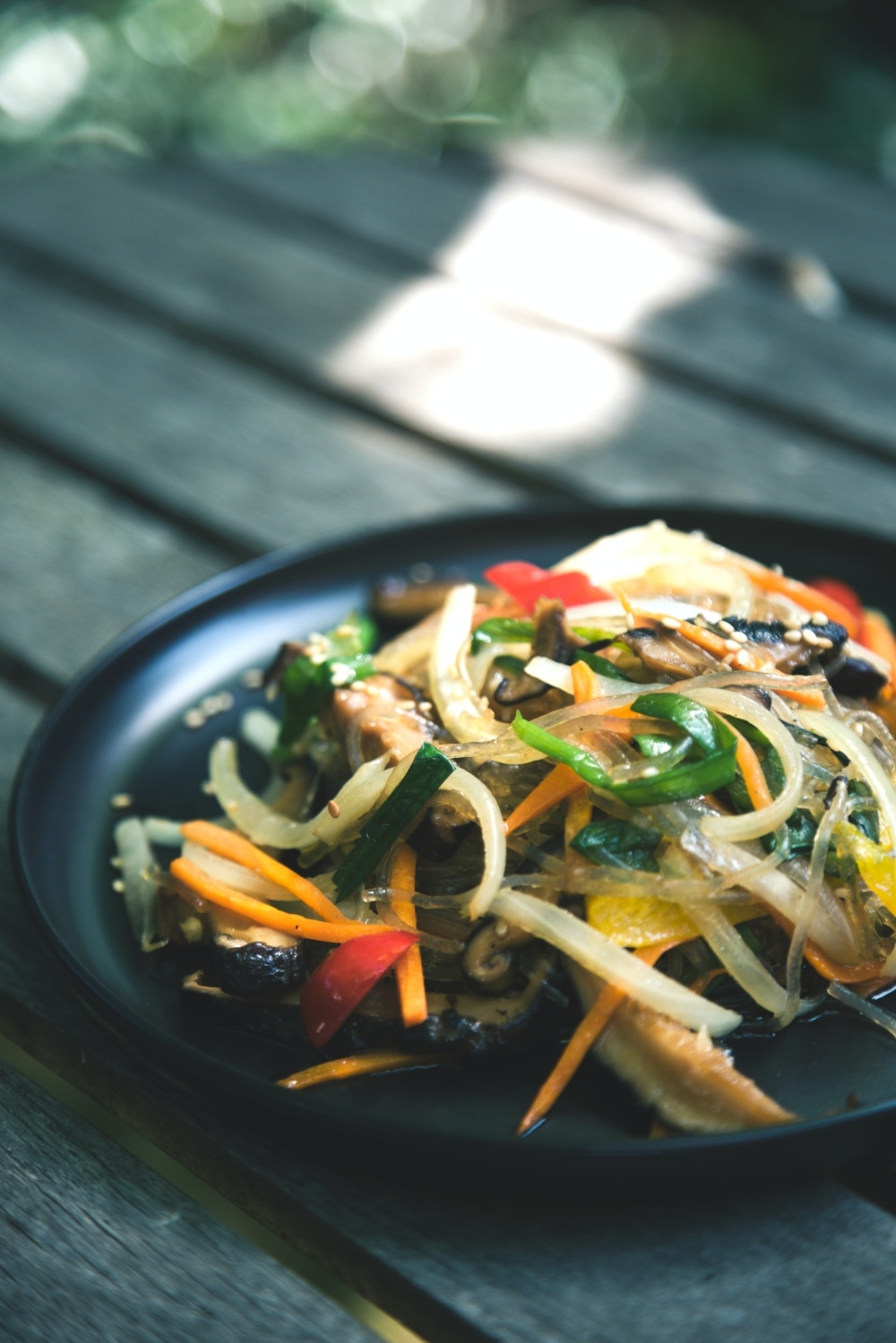 Unsplash
Unsplash
7
Glass noodles
Also known as cellophane, these clear, thin noodles are made with starches from sweet potato to mung bean and are naturally gluten-free.
Vegan pasta and noodle brands to try
Ready to dig into a bowl of noods or pasta? Start here. These brands all have vegan options. The only question is what will you top your bowl with?
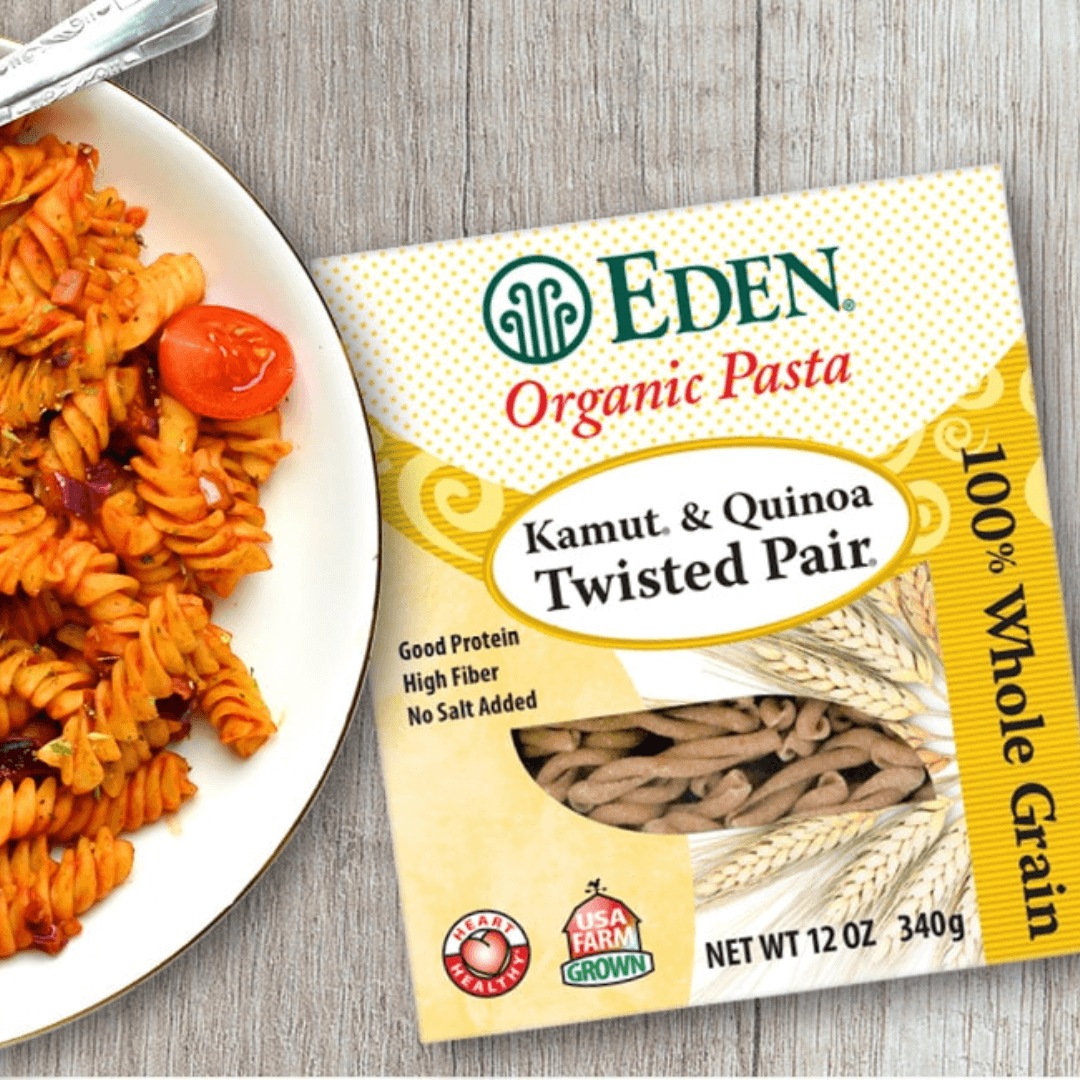 Eden Foods
Eden Foods
1 Eden Foods
Try the soba, udon, and whole-grain pasta made with US-grown, organic grains. Enjoy Eden Foods’ 100% Buckwheat Soba with soy sauce, rice vinegar, toasted sesame oil, scallions, and seared tofu for a filling meal.
Get it here
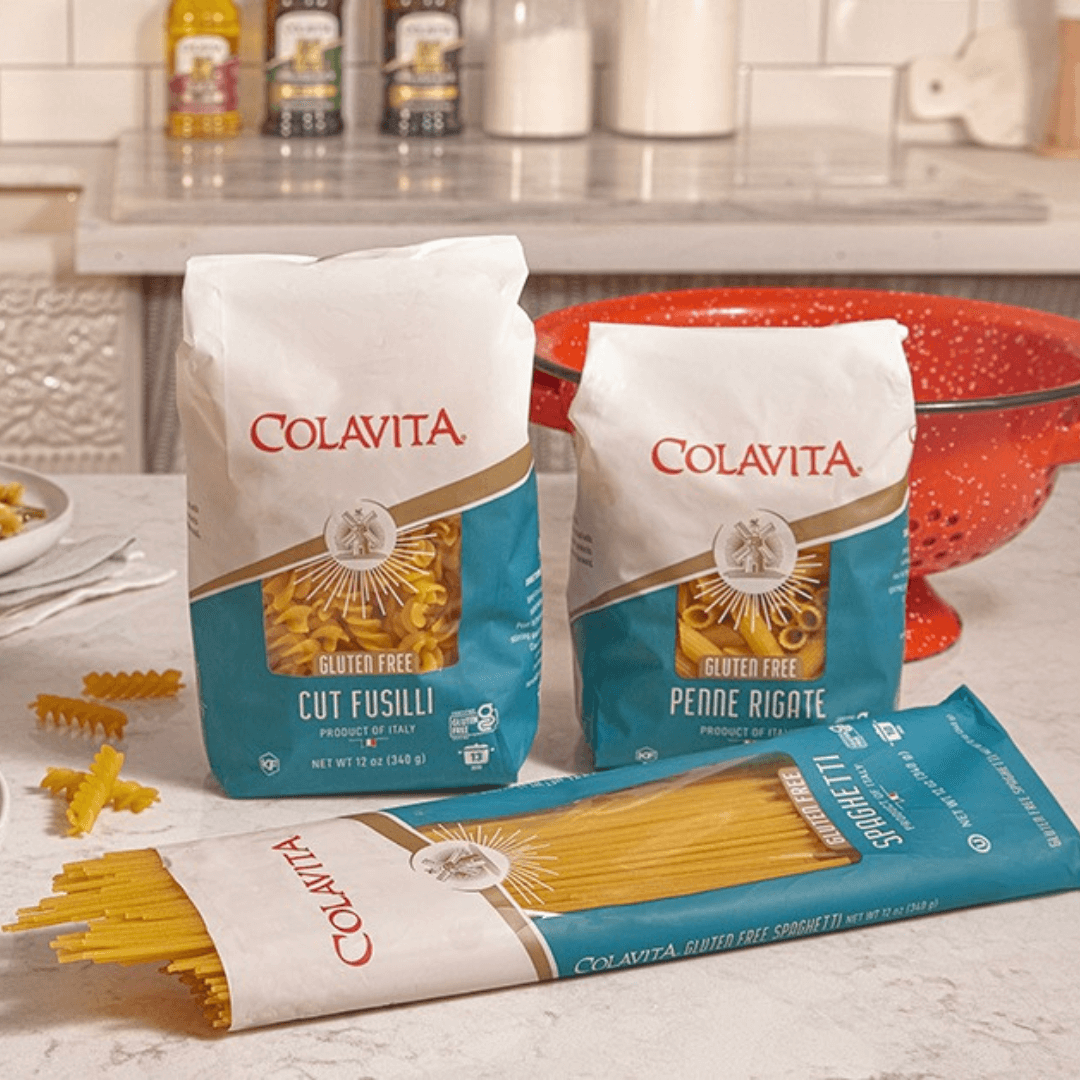 Colavita
Colavita
2 Colavita
This global brand based in Italy only sells pasta without eggs or other animal products. Colavita’s Pappardelle Nest Pasta tossed with a vegan pesto is the definition of comfort food.
get it here
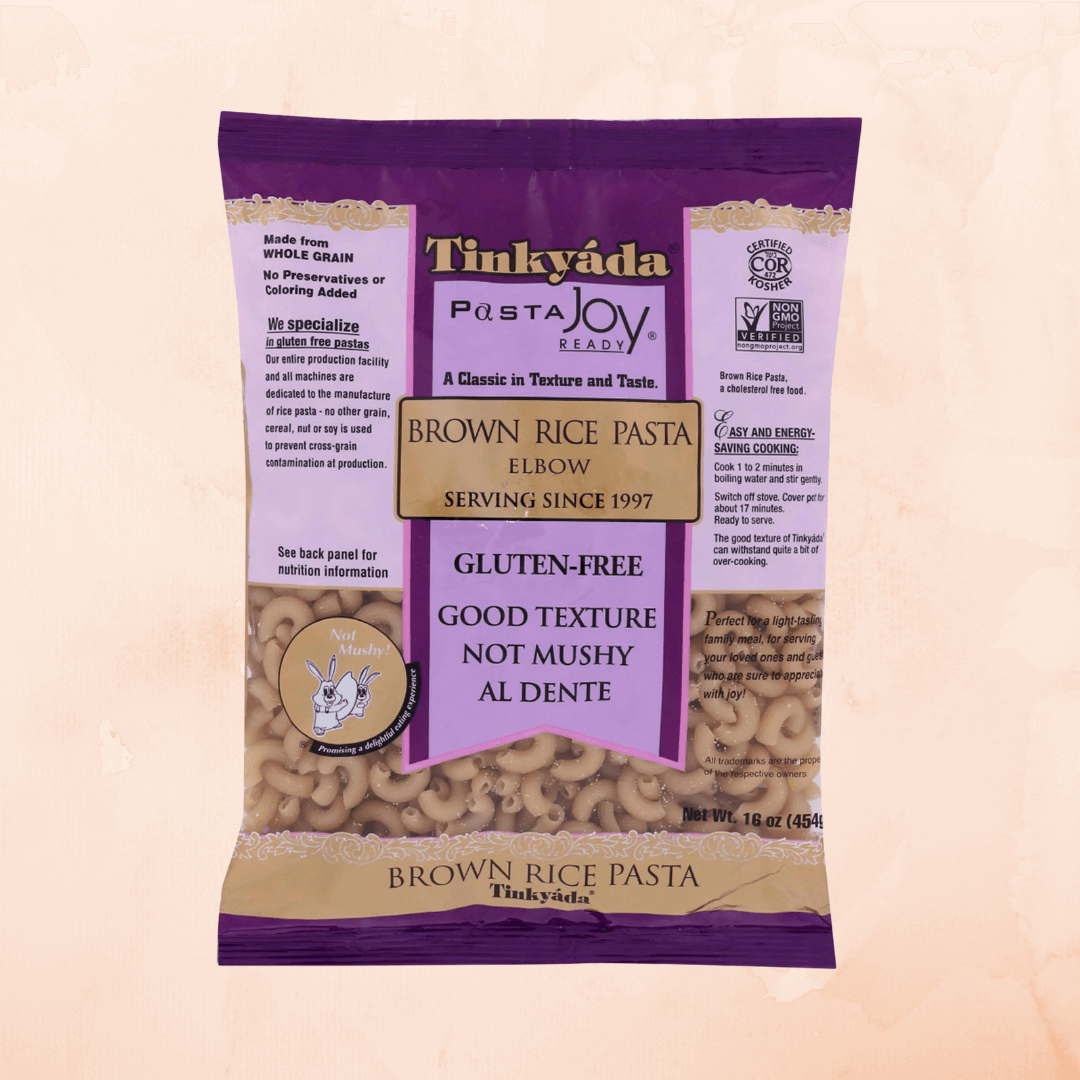 Tinkyada
Tinkyada
3 Tinkyada
Tinkyada makes 18 varieties of Italian-style dried pasta, all gluten-free and vegan. Try the Brown Rice Spirals with a marinara sauce, roasted veggies, and fresh basil.
get it here
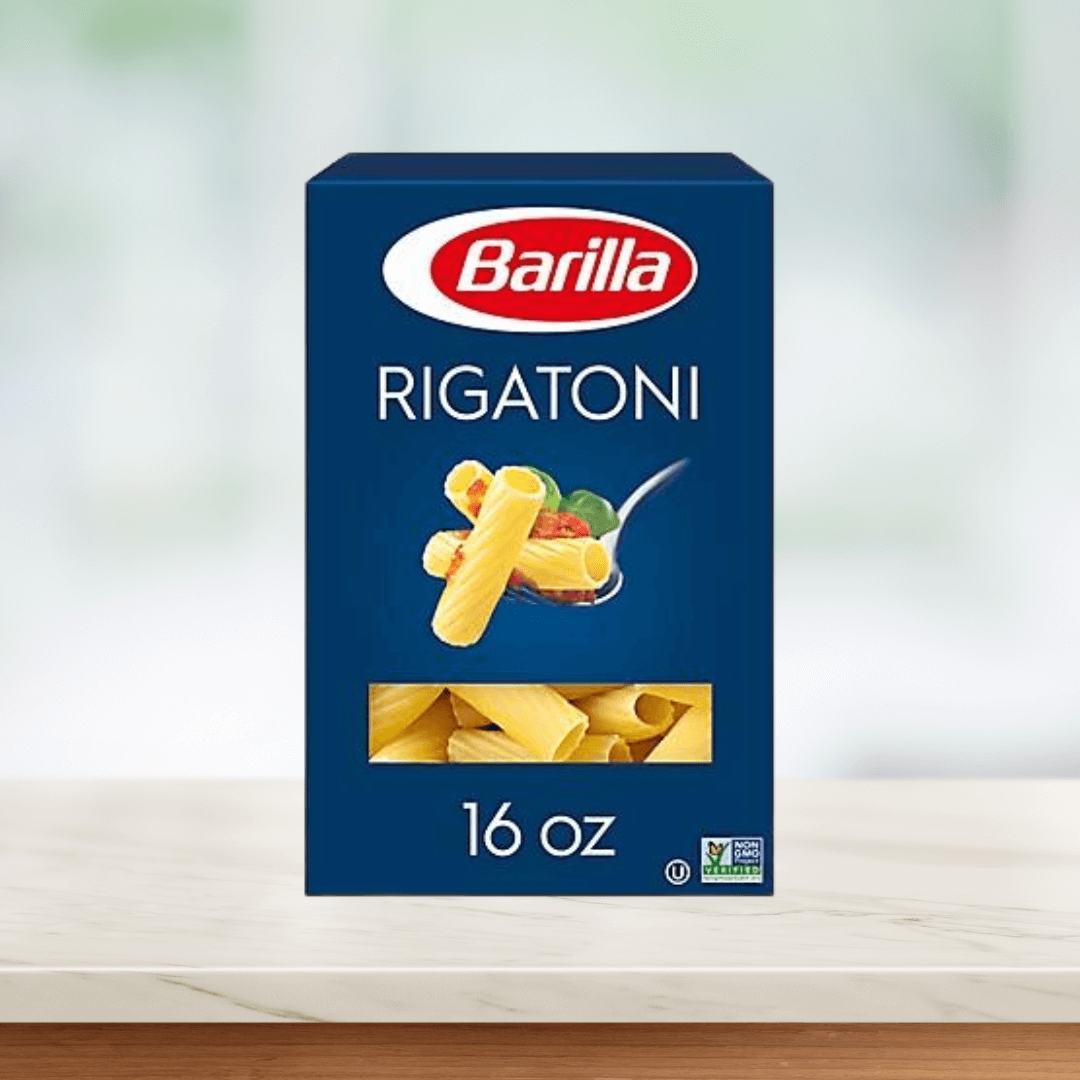 Barilla
Barilla
4 Barilla
An international brand started in 1912, most of Barilla’s wide variety of pasta is made without animal products, including its gluten-free and Protein+ ranges.
get it here
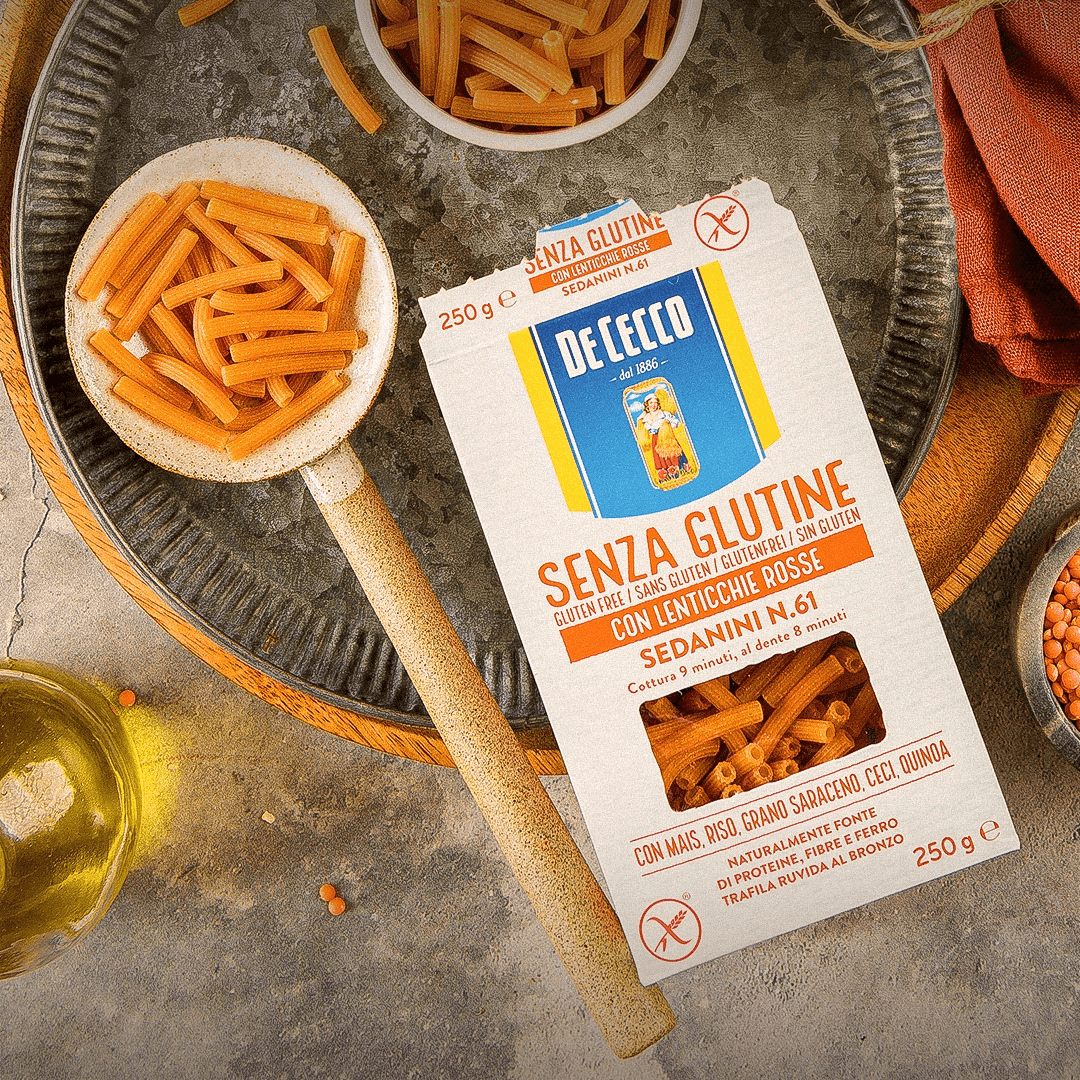 De Cecco
De Cecco
5 De Cecco
Widely available in big box stores across the country, all of De Cecco’s wheat-based pasta are plant-based, including the Spinach Fusilli. The high protein range, like the Red Lentil Spaghetti, are as well.
get it here
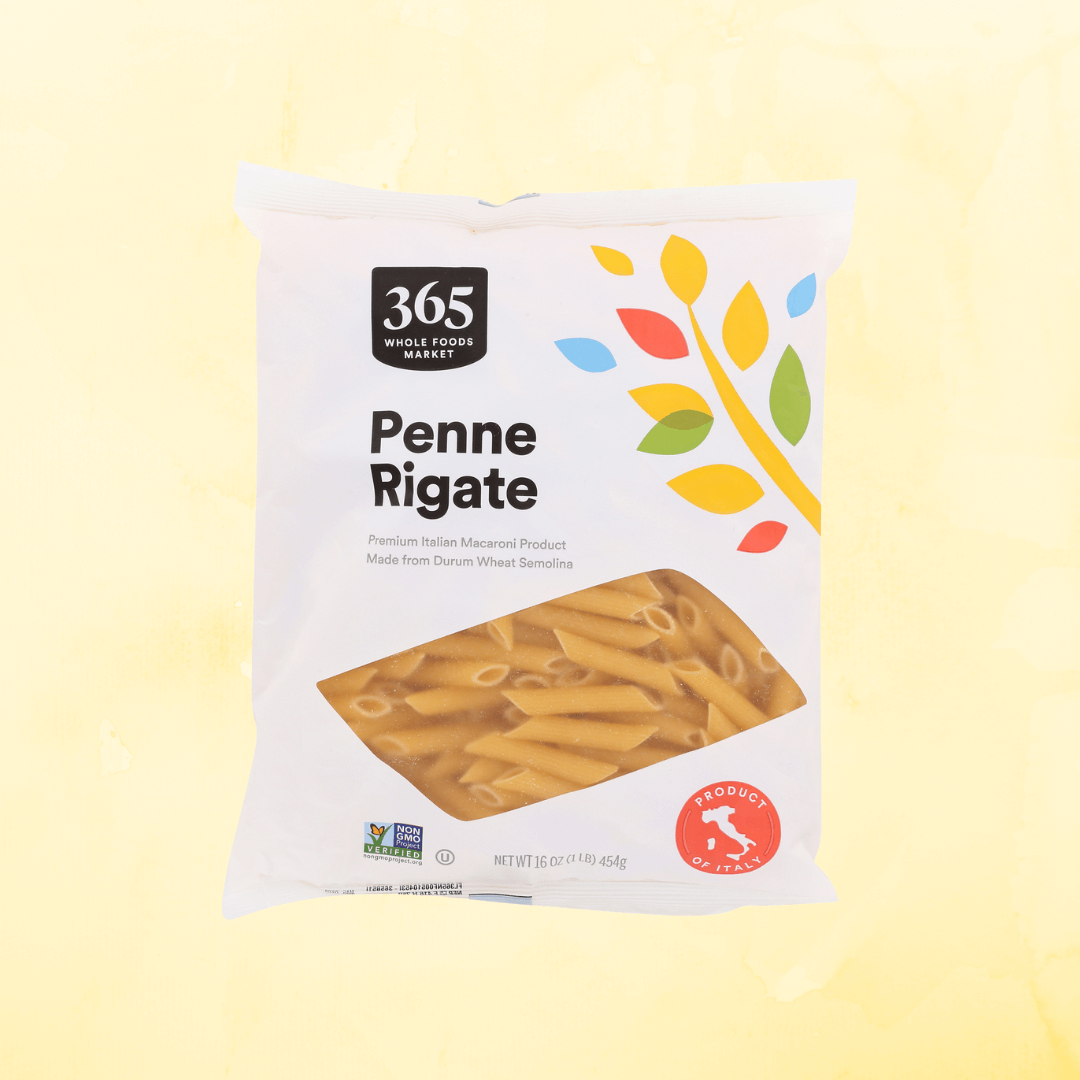 Whole Foods
Whole Foods
6 365 by Whole Foods Market
Classic pasta varieties like Linguine and Spaghetti are vegan as-is, made with just durum wheat semolina flour. Make your favorite vegan mac and cheese with the Elbow macaroni pasta.
get it here
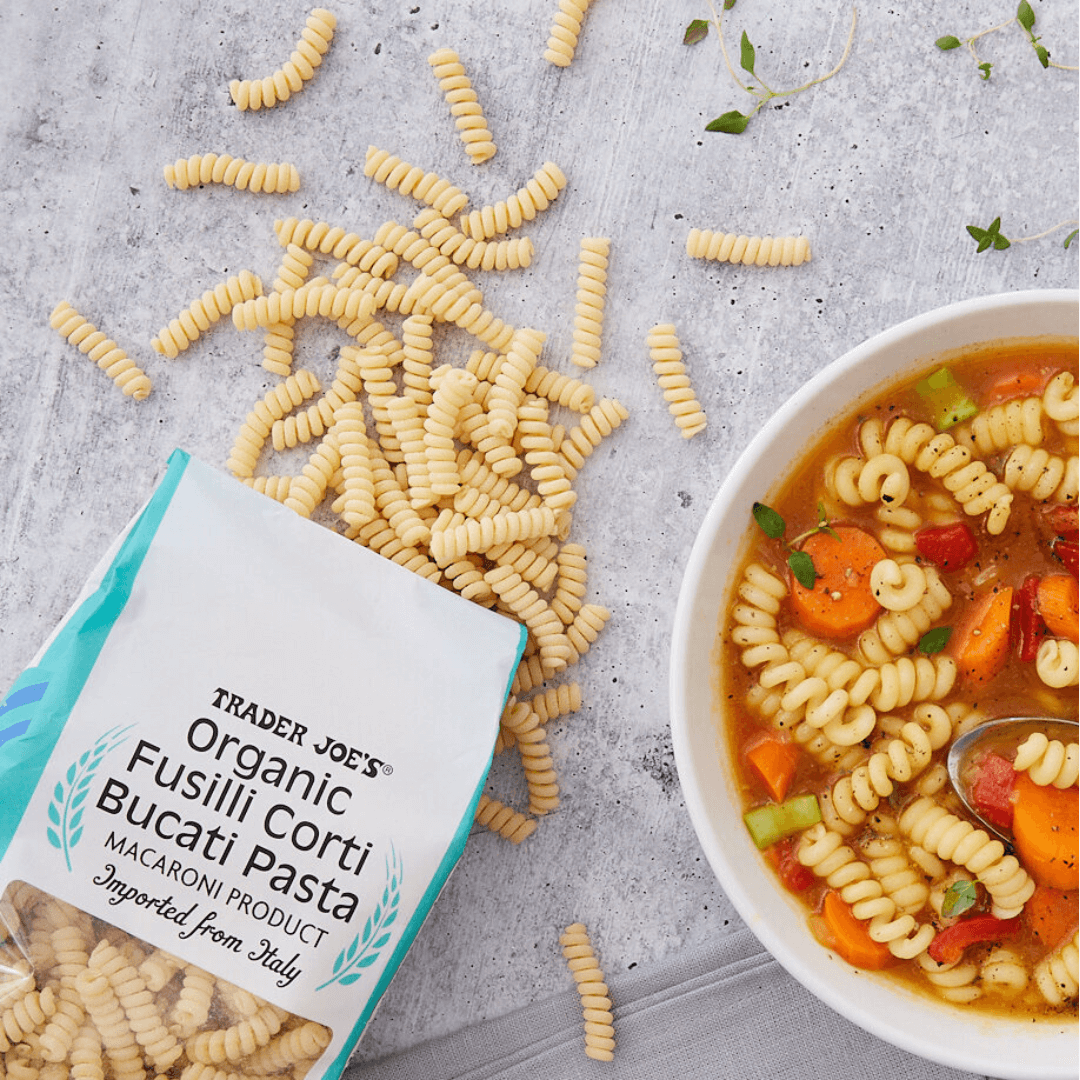 Trader Joe’s
Trader Joe’s
7 Trader Joe’s
Trader Joe’s has a full range of organic, conventional, and gluten-free pasta options that are vegan, including the tightly coiled Organic Fusilli Corti Bucati for a fun and unusual shape and the gluten-free Brown Rice Penne, which is perfect for a marinara sauce or vegan pesto.
get it here
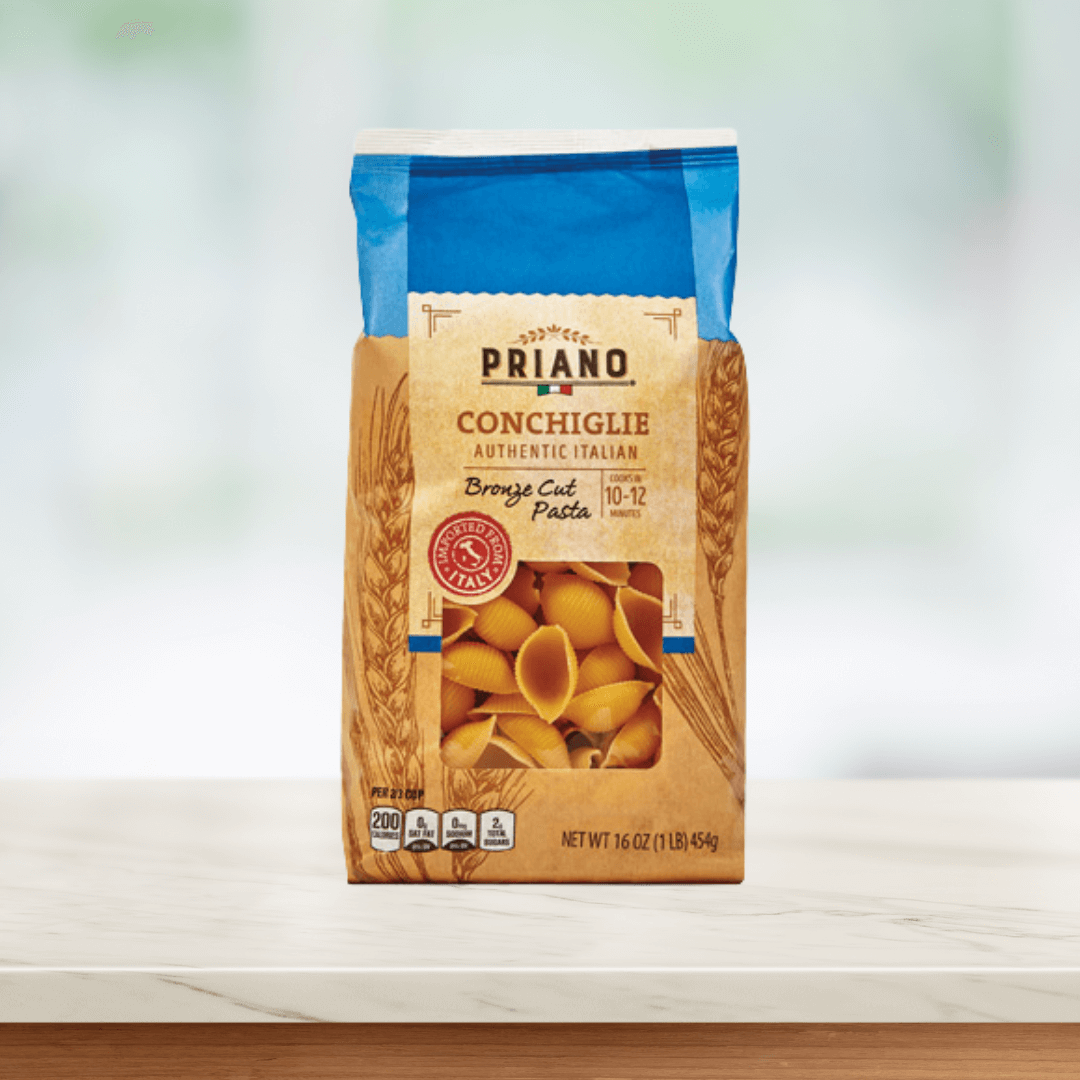 Priano
Priano
8 Priano
Aldi US’ bronze-cut pasta in forms like Rigatoni, Casarecce, and Conchiglie shells is made without animal ingredients and brings authentic Italian taste at affordable prices.
get it here
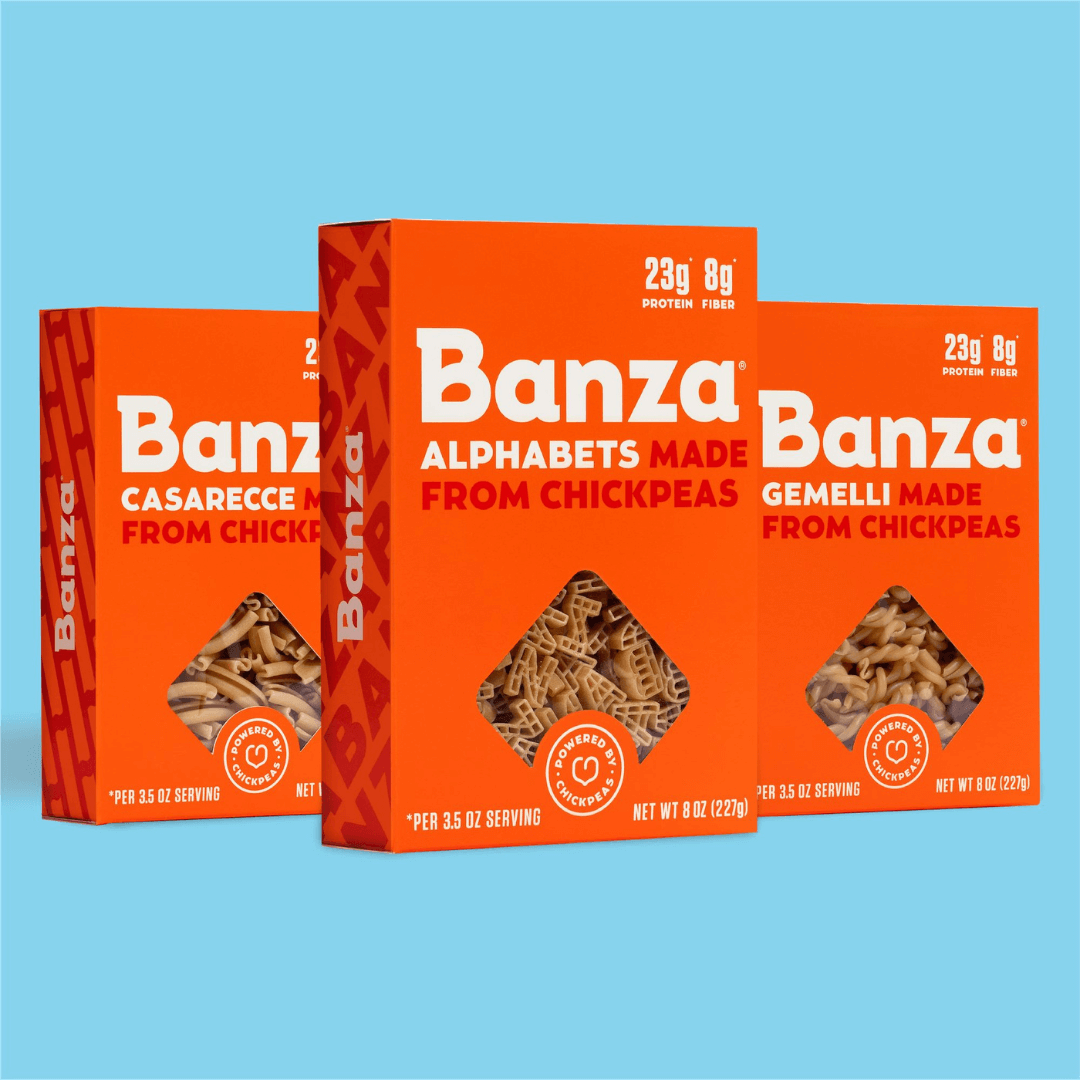 Banza
Banza
9 Banza
Made with protein-packed chickpeas, Banza’s pasta in Shell, Penne, and Rotini forms is gluten-free, vegan, and sturdy enough to stand up to any sauce.
get it here
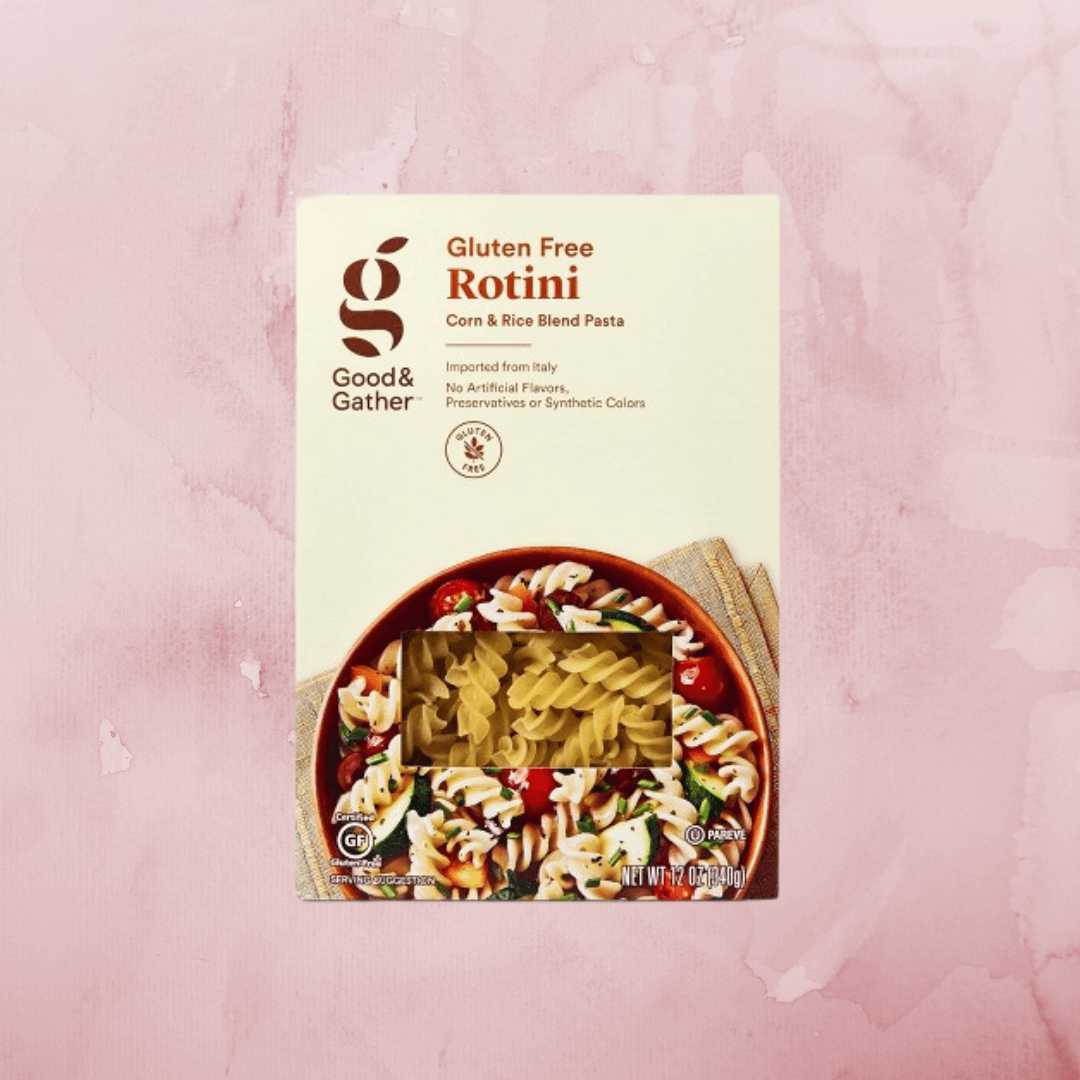 Target
Target
10 Good & Gather
Target’s home brand Good & Gather offers a variety of vegan pasta, including Whole Wheat Spaghetti and Rotini.
get it here
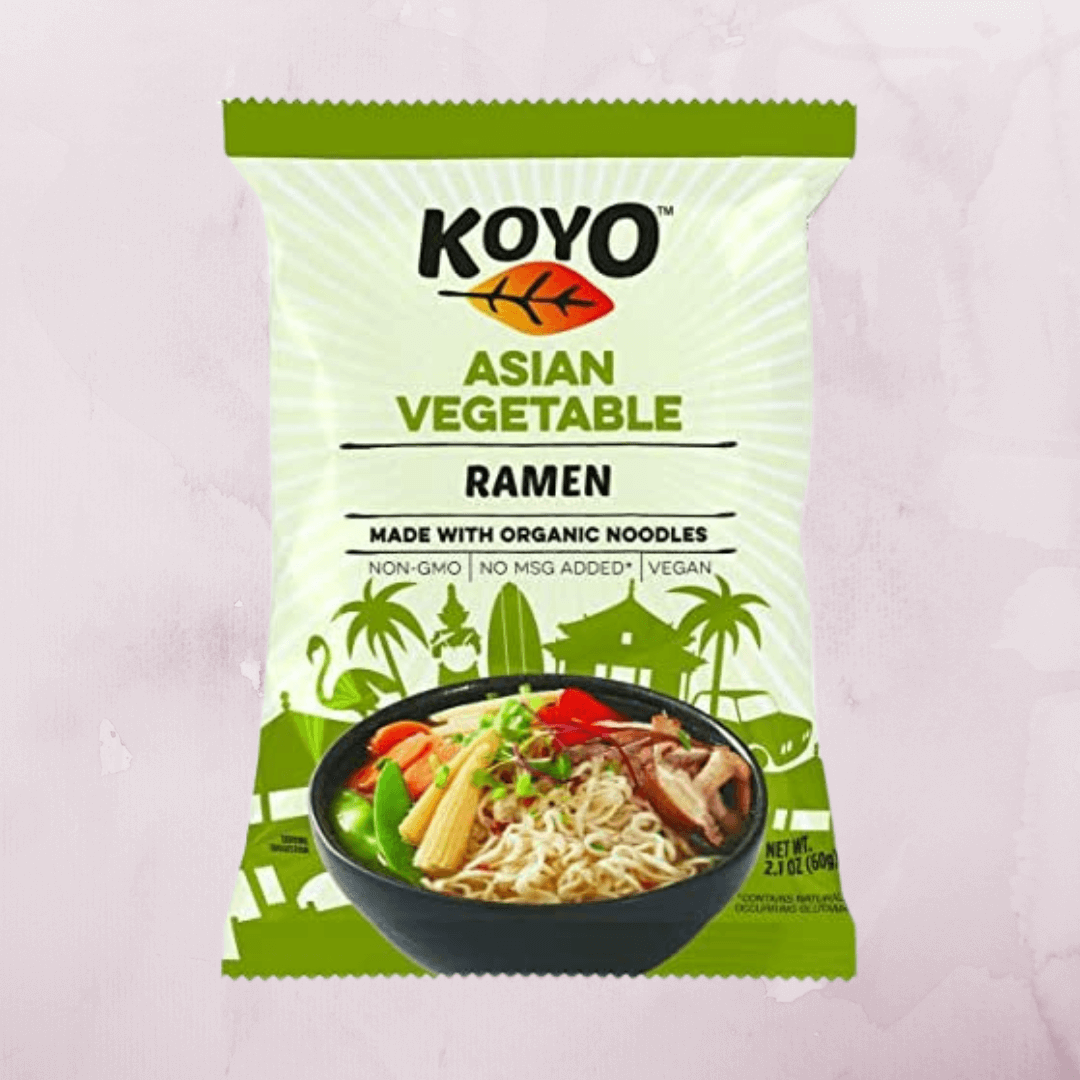 Koyo
Koyo
11 Koyo
A maker of exclusively vegan ramen noodles, try the Asian Vegetable or Garlic Pepper for a convenient bowl of flavorful soup.
get it here
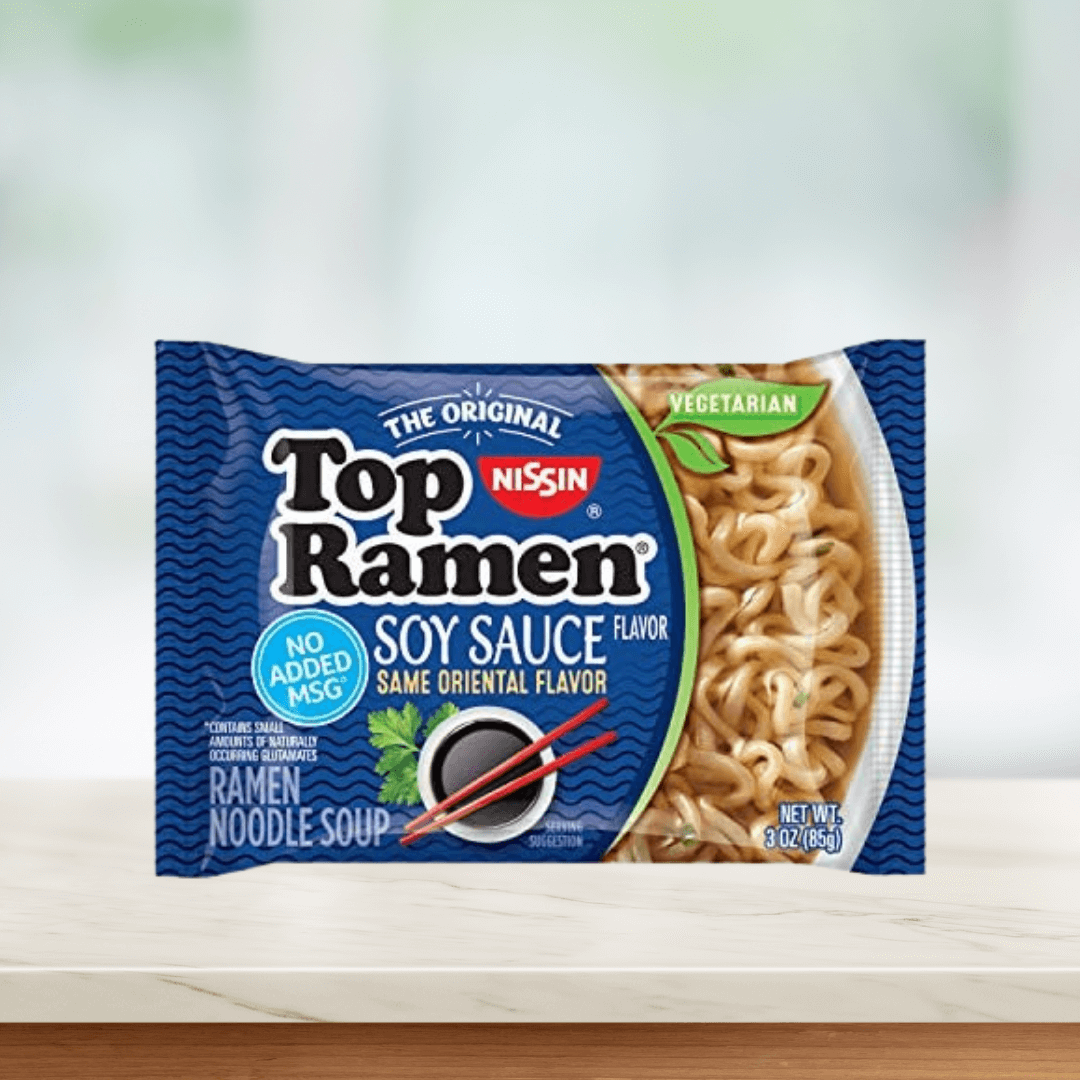 Nissin
Nissin
12 Nissin Top Ramen
The name that is synonymous with instant ramen noodles has two vegan flavors, Soy Sauce and Chili.
get it here
For more on vegan pasta, read:
Here at VegNews, we live and breathe the vegan lifestyle, and only recommend products we feel make our lives amazing. Occasionally, articles may include shopping links where we might earn a small commission. In no way does this effect the editorial integrity of VegNews.
Credit: Source link




